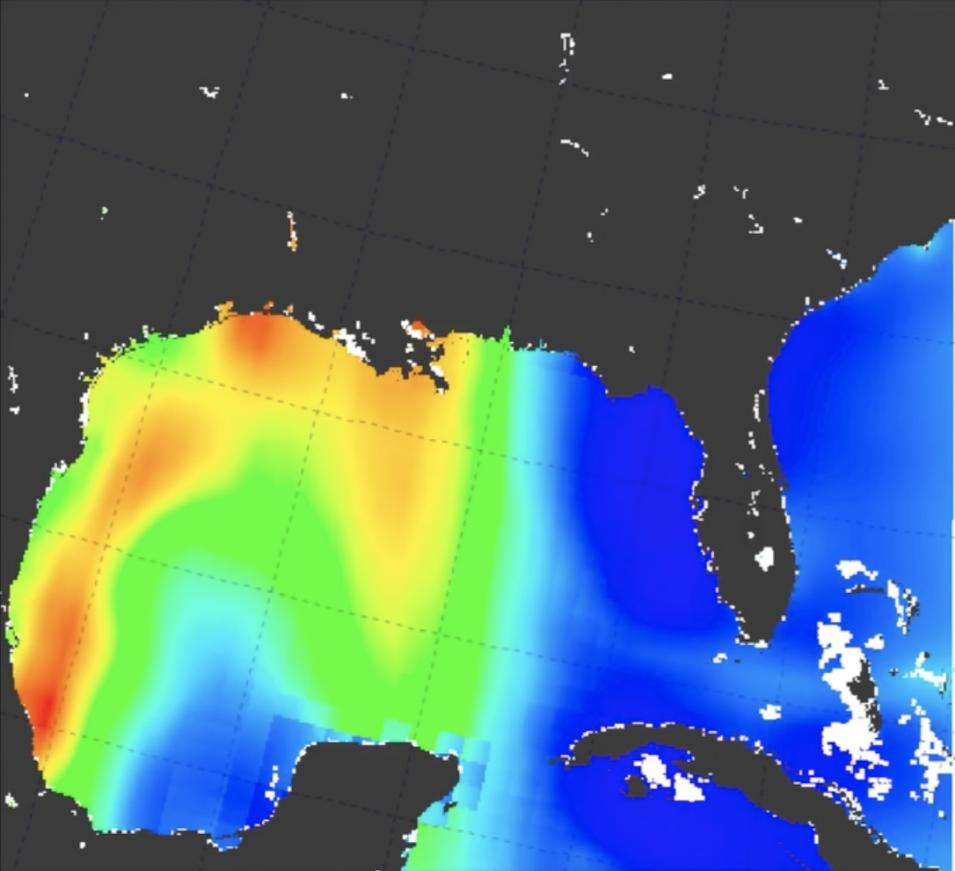NASA's Plankton, Aerosol, Cloud, ocean Ecosystem (PACE) mission aims to extend and improve NASA's more than 20-year record of satellite observations of global ocean biology, aerosols, and clouds. Data from PACE will help us better understand how the ocean and atmosphere exchange carbon dioxide. In addition, these data will reveal how aerosols might fuel phytoplankton growth in the surface ocean.
Novel uses of PACE data will benefit our economy and society. For example, they will help identify the extent and duration of harmful algal blooms. PACE will extend and expand NASA's long-term observations of our living planet, and by doing so, will take Earth's pulse in new ways for decades to come. This webinar presents an overview of PACE and expected PACE datasets with demonstrations on how to discover, access, and use PACE data. In addition, attendees will become familiar with datasets, services, and tools available through NASA's Ocean Biology Distributed Active Archive Center (OB.DAAC) for working with PACE data.
